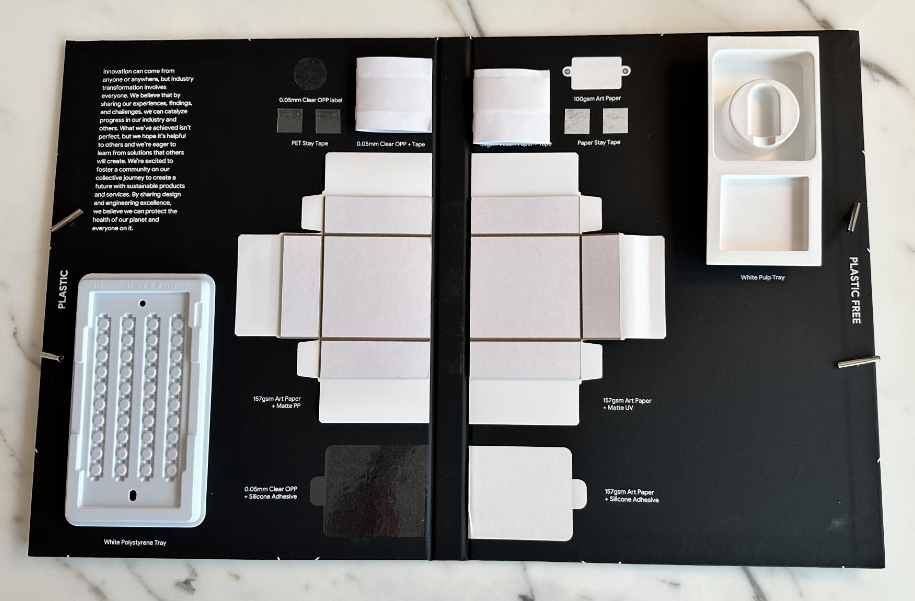The company will publish a 70-page guide in June detailing how it redesigned its boxes, coatings, enclosures and labels.
Written By: Heather Clancy
View the original here

Google will eliminate plastic from its consumer electronics packaging six months ahead of its self-imposed 2025 deadline. Google made its “plastic-free” pledge in October 2020.
The search giant will publish a 70-page guide in June so that other companies can see how it was done, said David Bourne, lead sustainability strategist for Google, during a session last week at Circularity 24, a GreenBiz event.
The company’s Pixel 8 smartphone, launched in October, was the first product under the new approach.
“You might think it’s sort of strange to enable other companies, potentially to enable other competitors,” Bourne said. “But our point of view on sustainability is that it really should be a collaborative endeavor. Innovation should be shared in sustainability, because if we sincerely want to create a sustainable future, then just a handful of companies being more sustainable isn’t going to achieve that.”
Google is encouraging those who use the guide to offer feedback.
Making sure design changes don’t frustrate consumers
The idea for the guide originated with the Google team working on the heaviest of its consumer products, TVs. They can weigh up to 40 pounds, said Katy Bolan, Google’s lead for environmental sustainability.
Google doesn’t make televisions, so it worked with manufacturing partners to deliver the goal, she said.
A major issue was ensuring that design changes weren’t frustrating for consumers, that they met Google’s aesthetic requirements and that they could be disposed of within existing recycling systems, said Miguel Arevalo, packaging innovation lead at Google. “It’s a bad experience if you have to think about it,” he said.
Google’s key design considerations
The new packaging is predominantly paper- and fiber-based, so it can be recycled easily. It required Google engineers, designers and suppliers to rethink lamination and coatings, box assembly, enclosures and labels, among other factors.
The company’s biggest challenges were:
- Assessing how the elimination of plastic shrinkwrap would affect the durability and reliability of packages.
- Determining whether size or shapes needed adjustments to accommodate “drop dynamics,” or what happens when an item is dropped.
- Selecting new coatings and inks that met Google’s branding requirements: At least 50 solutions were reviewed. Suppliers that weren’t transparent about their impacts were eliminated quickly.
- New ways to seal and waterproof the box, and to make sure it stays closed.
- The reliability of closure labels and how easy they are to remove.
- Weighing the future implications of substitutions, particularly for chemicals that could inadvertently result in higher greenhouse gas emissions.
One way to justify the extra cost
New paper-based packaging is likely to be more expensive than plastic, since they aren’t produced at the same scale. “When you first achieve something, it will be the most expensive version,” said Bourne.
That increase can be easier to support when considered as part of the total cost or if the expense is likely to decrease over time, the Google executives said. “We also see this as an investment,” Bourne said. “We are looking at sustainability as an augmentation of the consumer experience.”
